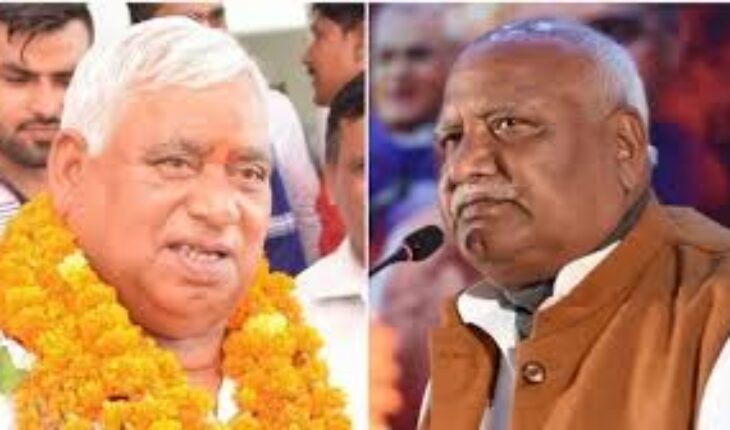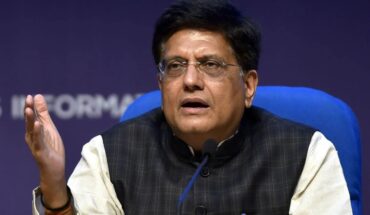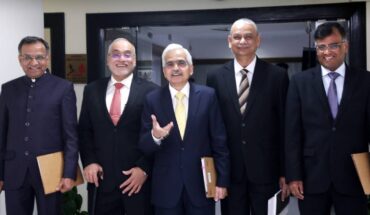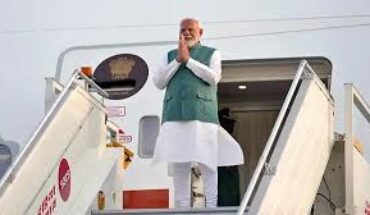The Bharatiya Janata Party’s defeat in Ayodhya sent shockwaves through political circles, prompting an urgent analysis of the underlying factors. Among the key contributors to this unexpected setback were six major lapses on the part of the party.

The unraveling of the Bharatiya Janata Party’s significant defeat in Uttar Pradesh reveals a multi-faceted narrative. Particularly striking was the party’s loss in Ayodhya, the site where a monumental Ram temple had been erected after years of fervent dedication. Initially confounding, the reasons behind this setback are gradually emerging, shedding light on the complex dynamics at play.
In the aftermath, the BJP has commenced a thorough examination of the defeat, diligently seeking out potential factors and individuals perceived as disloyal. Personally witnessing the pulse of Ayodhya mere days before the polls, I found myself immersed in its essence, from the tranquil banks of the Saryu River to the majestic presence of the Ram temple. Notably, the district administration orchestrated a commendable campaign to galvanize voter participation, setting noteworthy precedents under the leadership of the District Magistrate, whom I felicitated with a record certificate.
During my visit, interactions with the local populace unveiled a palpable discontent towards the BJP, simmering beneath the surface for quite some time. The electorate, harboring pent-up frustrations, awaited the opportune moment to voice their grievances, culminating in a resounding verdict that left observers astounded.
Six primary factors have emerged as crucial in understanding the BJP’s defeat in Ayodhya. Foremost among them is the deep-seated resentment among those whose homes were demolished to make way for the wide, picturesque roads that now charm tourists. Despite compensation or alternative housing arrangements, the lingering sadness among these individuals is palpable, compounded by grievances over incomplete compensation packages and the encroachment of external traders into their community.
The second-factor centers on the overwhelming disillusionment with Lallu Singh, who had been representing this seat for the last two terms. Local sentiment was firmly against his reelection, with widespread anticipation of his inevitable defeat. However, despite mounting complaints from party workers, the leadership failed to heed the warning signs, mistakenly believing that the construction of the Ram temple, airport, and infrastructure projects would secure victory. Despite the ubiquitous presence of BJP flags, the ground reality painted a starkly different picture, with support for other parties gaining momentum.
The third catalyst was a controversial statement by Lallu Singh, suggesting that the constitution could be amended with a landslide victory of 400 seats. This assertion was seized upon by the Samajwadi Party’s Akhilesh Yadav, who skillfully turned it into a rallying cry, making constitutional integrity a focal point of the election discourse. Ultimately, this proved detrimental to Lallu’s campaign, resulting in a resounding victory for the Samajwadi Party’s Avdhesh Prasad, with a margin of 54,500 votes.
The fourth factor contributing to the BJP’s defeat was the propagation of unrealistic promises by Rahul, including Congress’ Guarantee to provide every woman with an annual payment of one lakh rupees and guaranteeing unemployed youths a monthly income and jobs. While falsehoods may lack substance, the relentless dissemination of these claims by the Samajwadi Party and Congress led to widespread confusion, particularly among rural voters who were more susceptible to such messaging. Additionally, these parties capitalized on fears regarding the potential elimination of reservations for minorities, and backward castes, a narrative that the BJP struggled to counter promptly and effectively.
The fifth element was internal discord and sabotage within the ranks of the BJP leadership, reflecting a lack of cohesion and effective management at the grassroots level. This disunity left the party vulnerable and ill-prepared to confront the strategic maneuvers employed by their adversaries.
A sixth and pivotal factor was the pervasive issue of unemployment in the state, exacerbated by the recurring incidents of competitive exam paper leaks. This systemic problem significantly impacted the youth demographic in Uttar Pradesh, providing opposition parties with fertile ground to exploit and garner support.
Consequently, not only in Ayodhya but across Uttar Pradesh, disenfranchised and disillusioned voters, particularly those lacking formal education, were swayed by alternative candidates perceived as alternatives to the BJP. Reports from the Center for the Study of Developing Societies corroborate this trend, highlighting a shift in voting patterns, with the BJP gaining traction in urban areas while Congress is getting support from rural regions.
The author is a senior journalist and columnist.
Email: narvijayindia@gmail.com






